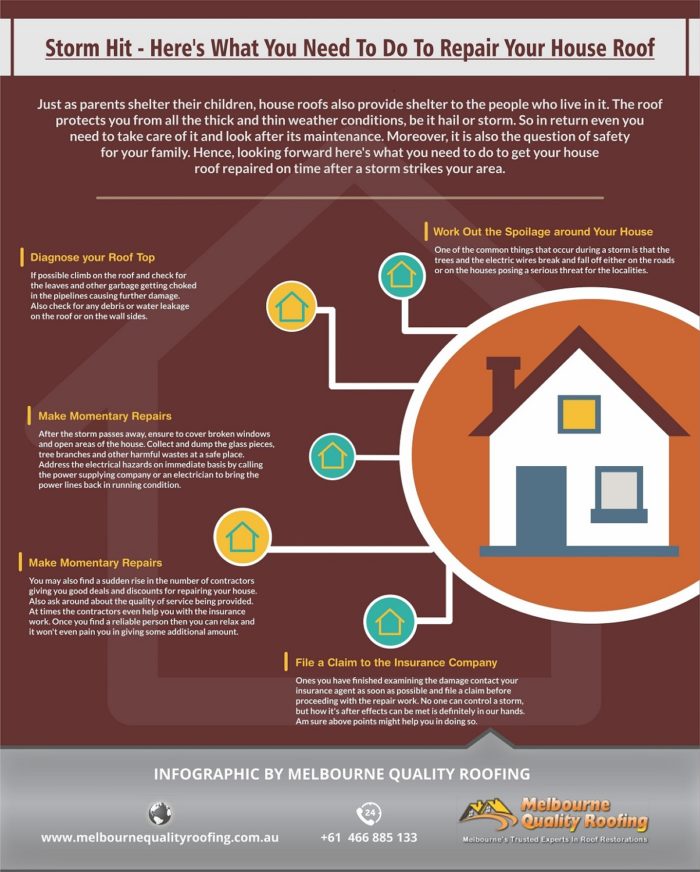The Feature Of Roof Covering Ventilation In Making Certain An Effective Setup
The Feature Of Roof Covering Ventilation In Making Certain An Effective Setup
Blog Article
Post Produced By- https://roofing-expert39517.dreamyblogs.com/33587668/are-you-curious-regarding-the-frequency-of-roofing-evaluations-uncover-the-unexpected-components-that-may-endanger-the-stability-of-your-roofing-system
When you're tackling a roof covering project, you might not think much regarding roofing system ventilation, yet it's more critical than you realize. Effective ventilation aids regulate temperature and dampness in your attic room, preventing troubles like mold and mildew and architectural damages. By comprehending how to create and install a balanced ventilation system, you can boost power effectiveness and extend the life-span of your roof covering products. So, what are the key aspects to consider during setup that can make all the difference?
Importance of Roofing Ventilation
Roofing air flow plays an essential function in maintaining the general health of your home. By enabling fresh air to flow with your attic room, it helps control temperature and wetness levels. This equilibrium is important to avoid warmth buildup during hot months, which can bring about enhanced power prices as your air conditioning burns the midnight oil.
Moreover, proper ventilation dramatically lowers the risk of moisture-related issues like mold and mildew and mold. If moisture degrees increase, your home's architectural stability can be jeopardized, bring about pricey repair work. You would not want to take care of decomposing wood or distorted roofing materials, right?
Additionally, sufficient air flow prolongs the life expectancy of your roof. When warm and dampness are kept in check, your roofing system can perform ideally, avoiding early damage. This indicates less migraines and costs down the line.
How Roof Covering Air Flow Functions
Reliable roofing system air flow relies on the all-natural motion of air to produce an equilibrium between consumption and exhaust. When you install vents, you're essentially permitting fresh air to enter your attic while enabling warm, stale air to leave. This procedure assists regulate temperature level and dampness levels, protecting against issues like mold development and roof covering damage.
Consumption vents, generally found at the eaves, pull in awesome air from outside. On the other hand, exhaust vents, located near the ridge of the roof, let hot air increase and departure. The difference in temperature creates an all-natural airflow, known as the stack effect. As cozy air rises, it creates a vacuum that draws in cooler air from the lower vents.
To enhance this system, you need to guarantee that the intake and exhaust vents are effectively sized and positioned. If the consumption is restricted, you won't achieve the desired air flow.
Also, not enough exhaust can catch warm and moisture, leading to prospective damage.
Secret Installation Considerations
When setting up roof air flow, numerous key factors to consider can make or damage your system's performance. First, you need to evaluate your roofing system's design. The pitch, form, and materials all affect airflow and ventilation selection. See to it to choose vents that fit your roofing system kind and neighborhood environment problems.
Next, think about the positioning of your vents. Preferably, https://www.prweb.com/releases/boak_sons_inc_commercial_roofing_contractor_once_again_receives_the_carlisle_syntec_systems_perfection_award/prweb16711163.htm 'll want a balanced system with consumption and exhaust vents positioned for optimum air movement. Place intake vents low on the roof covering and exhaust vents near the top to encourage an all-natural circulation of air. over here helps protect against moisture accumulation and promotes power effectiveness.
Don't forget insulation. Correct insulation in your attic room avoids warmth from getting away and keeps your home comfortable. Make sure that insulation does not block your vents, as this can impede air flow.
Last but not least, think of maintenance. Select air flow systems that are simple to access for cleaning and examination. Regular upkeep ensures your system remains to function successfully over time.
Final thought
Finally, roofing ventilation is vital for an effective installation. By making certain appropriate airflow, you can avoid warm buildup and moisture problems that bring about expensive damages. When you tactically position consumption and exhaust vents, you boost power performance and prolong the life-span of your roofing. Bear in mind, a well-ventilated roof not only protects your investment however additionally enhances your indoor air quality. So, focus on ventilation to make sure a resistant and affordable roof for your home.
